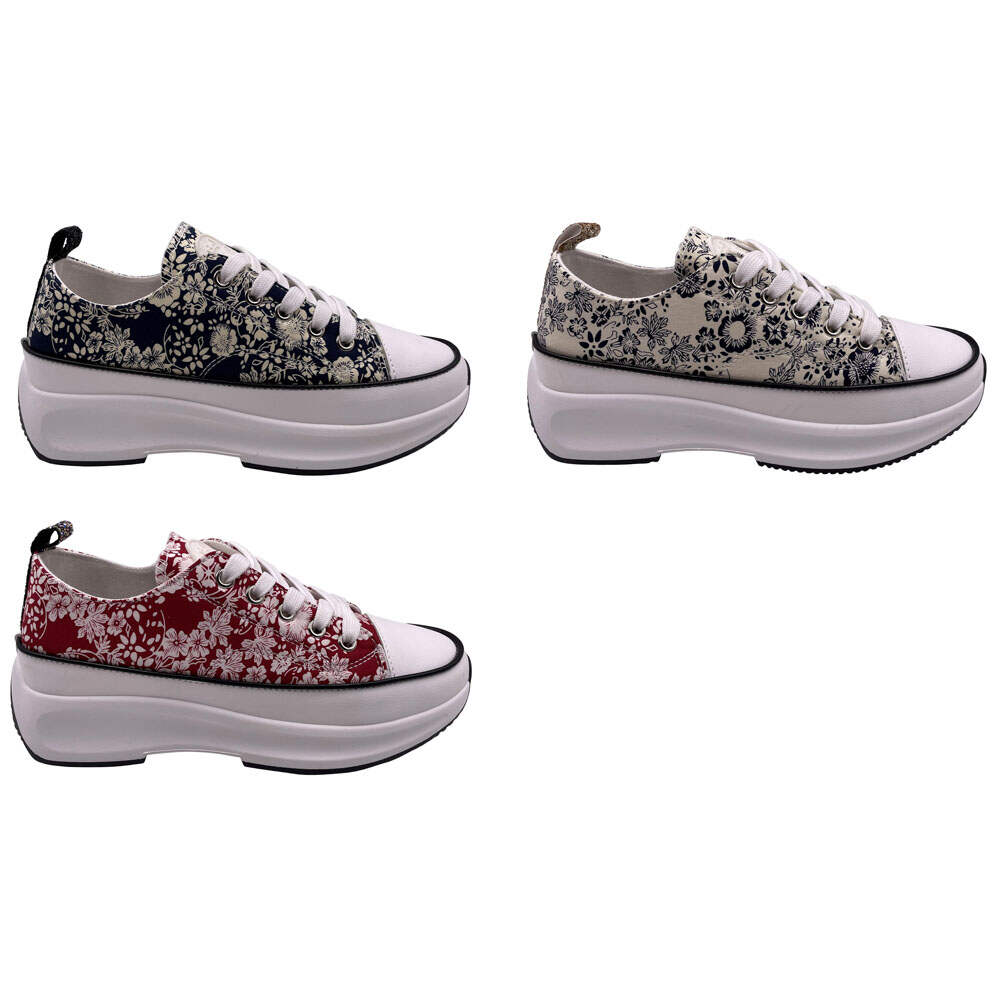Email format error
Email cannot be empty
Email already exists
6-20 characters(letters plus numbers only)
The password is inconsistent
Email format error
Email cannot be empty
Email does not exist
6-20 characters(letters plus numbers only)
The password is inconsistent


Leather shoes are a staple in any man's wardrobe, combining style, comfort, and durability. Proper care is essential to maintain the quality and longevity of these shoes, ensuring they look good for years to come. This article will explore effective tips for cleaning, conditioning, and storing leather footwear. Additionally, we'll compare different leather types—full-grain, top-grain, and suede—and delve into the rich history of men's leather shoes, highlighting the evolution of styles over time.
To effectively clean your leather shoes, you’ll need a few essential tools:
Cleaning your leather shoes can be broken down into several straightforward steps:
Removing Dirt and Debris: Start by using a soft brush to gently remove any surface dirt and dust. Focus on seams and crevices where dirt can accumulate.
Applying Cleaner: Dampen a microfiber cloth with your leather cleaner and gently rub it into the leather in circular motions. Avoid saturating the leather, as too much moisture can cause damage.
Wiping Down the Surface: After applying the cleaner, use a dry section of the microfiber cloth to wipe away any excess cleaner and dirt. Ensure that the shoes are thoroughly dried before moving on to conditioning.
When caring for your leather shoes, it's crucial to avoid common pitfalls:
Conditioning leather shoes is vital for maintaining their suppleness and preventing cracking. Leather can dry out over time, especially in dry climates or with regular wear. Regular conditioning helps to replenish lost oils and moisture.
Choosing the right conditioner can make a difference in how your leather shoes perform:
How to Apply Conditioner: Using a clean microfiber cloth, apply a small amount of conditioner to the cloth and gently rub it into the leather using circular motions.
Frequency of Conditioning: Ideally, condition your leather shoes every three to six months, or more frequently if they are exposed to harsh conditions.
Proper storage is crucial for maintaining the shape and integrity of your leather shoes:
Preparing Shoes for Off-Season: Before storing, clean and condition your shoes to ensure they are protected from potential damage.
Protecting from Humidity and Heat: Use silica gel packets or cedar shoe inserts to absorb moisture and avoid placing shoes near heat sources like radiators.

When selecting men's leather casual shoes, understanding the different types of leather is crucial for making an informed decision. Each type offers distinct characteristics that affect durability, appearance, and care requirements.
Characteristics: Full-grain leather is the highest quality leather available, made from the top layer of the hide. It preserves the natural grain and markings, known for its durability and ability to develop a beautiful patina over time.
Pros and Cons:
Characteristics: Top-grain leather is made from the upper layer of the hide but has been sanded and treated to remove imperfections, giving it a more uniform appearance.
Pros and Cons:
Characteristics: Suede is made from the inner layer of the hide, giving it a soft, velvety texture. It's popular for casual shoes and offers a distinct look and feel.
Pros and Cons:
Men's leather shoes have a rich history that reflects changes in fashion, culture, and technology over the centuries. From the functional footwear of ancient civilizations to the stylish designs we see today, leather shoes have evolved significantly.
In ancient Egypt, leather shoes were crafted from soft hides and often adorned with intricate designs. The Romans popularized leather sandals, which were both practical and stylish. These early designs laid the foundation for future styles.
Initially, leather shoes were made from locally sourced hides, with a focus on functionality based on climate and terrain. As trade routes expanded, the availability of various leather types increased, allowing for more diverse designs.
During the Middle Ages, leather shoes began to take on more distinct styles, often reflecting social status. Pointed shoes, known as “poulaines,” became popular among the nobility, showcasing elaborate designs.
The Renaissance saw a resurgence in craftsmanship and creativity. Leather shoes became more decorative, emphasizing personal expression and style.
The Industrial Revolution revolutionized shoe manufacturing, allowing for mass production and wider accessibility. Leather shoes transitioned from bespoke items to widely available products, with styles evolving to meet the needs of the working class.
The 20th century brought significant changes in fashion, with various styles emerging. From classic Oxfords to contemporary loafers, men's leather shoes adapted to fit the changing cultural landscape. Casual styles gained popularity, leading to the rise of leather casual shoes.
Today, sustainability and technology play crucial roles in the leather shoe industry. Brands increasingly focus on eco-friendly practices and innovative designs. The rise of “China men's leather casual shoes OEM” signifies a growing market for quality leather footwear at accessible prices, blending traditional craftsmanship with modern manufacturing techniques.
Understanding how to care for your leather shoes, comparing different leather types, and appreciating the rich history behind them allows you to make informed choices that enhance your wardrobe. Whether investing in high-quality leather shoes or exploring trends like "China men's leather casual shoes OEM," knowledge is key to ensuring your footwear remains stylish and functional for years to come. By following best practices for care and storage, you can enjoy your leather footwear while maintaining their quality and appearance.